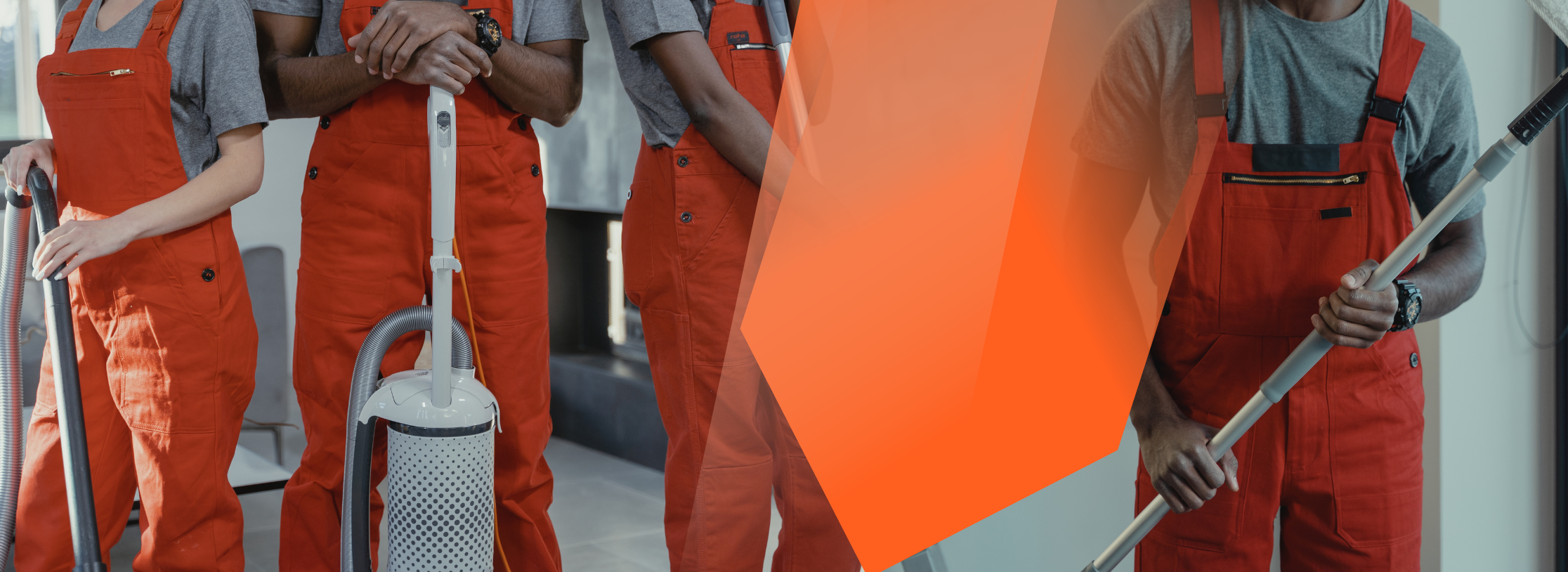A Manual for Protective Safety Coveralls
26th Jul 2024

Ensuring worker safety is critical in dangerous work conditions. Protective coveralls are a crucial item of clothing for workers. Coveralls are an essential component of many sectors since they are made to offer full-body protection against a variety of occupational risks. We will examine the features, advantages, and factors to take into account when selecting protective work coveralls in this blog.
Coveralls: What are they?
One-piece clothes that provide complete protection for workers are called protective work coveralls. Usually, they are composed of sturdy materials like microporous laminates, high-density polyethylene (HDPE), or flame-resistant textiles. The wearer of these coveralls is protected from potential risks such as particles, heat, fires, biological agents, chemicals, and liquid splashes.
Essential components of coveralls for protection
- Whole-body Protection: By shielding the body from head to toe, coveralls make sure that no area is left vulnerable to danger.
- Sturdy Construction: They are made of sturdy materials that are resistant to tearing or puncturing and can handle hard work environments.
- Breathability: The textiles used in modern coveralls are breathable, allowing air to circulate and reducing the risk of overheating and discomfort from prolonged wear.
- Protective Sealing: To ensure a snug fit and keep dangerous materials out, many coveralls have hoods, ankle closures, and elastic cuffs.
- Simple Donning and Doffing: Coveralls are made with zippers, snap buttons, or hook-and-loop fasteners to make it simple to put on and take off the garment.
Enhanced Visibility: To increase worker visibility, particularly in low light, certain coveralls have reflective strips or highly visible hues.
Wearing coveralls at work has advantages.
- Protection from a Variety of Workplace Hazards: Coveralls provide defence against heat, fires, chemicals, biological agents, electrical arc flashes, and physical particles.
- Decreased Contamination Risk: Coveralls serve as a barrier to stop hazardous materials from moving from the workplace onto the wearer's body or clothing in situations when there is a chance of contamination.
- Enhanced Safety: Coveralls lessen the possibility of breathing problems, burns, infections, and other illnesses that could result from exposure to job dangers since they offer complete protection.
- Regulation Compliance: By encouraging a culture of safety and accountability, businesses can better adhere to industry standards and safety laws by having employees wear the proper protective gear, such as coveralls.
In many dangerous industrial locations, protective coveralls are an essential part of work attire. These clothes protect the entire body, shielding employees from a variety of job dangers, lowering the possibility of contamination and injuries, and enhancing workplace compliance and safety. A safer and healthier workplace is achieved by carefully choosing the appropriate boilersuit depending on the work environment, dangers, and standards. This guarantees that workers are protected and comfortable to the best extent possible. To locate the ideal boilersuit for yourself.

 British Pounds
British Pounds
 United Arab Emirates Dirham
United Arab Emirates Dirham
 Australian Dollar
Australian Dollar
 Euro
Euro
 US Dollar
US Dollar
 FREE UK DELIVERY ON ALL ORDERS OVER £75
FREE UK DELIVERY ON ALL ORDERS OVER £75





